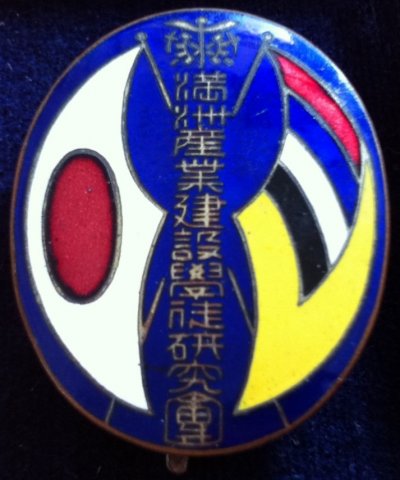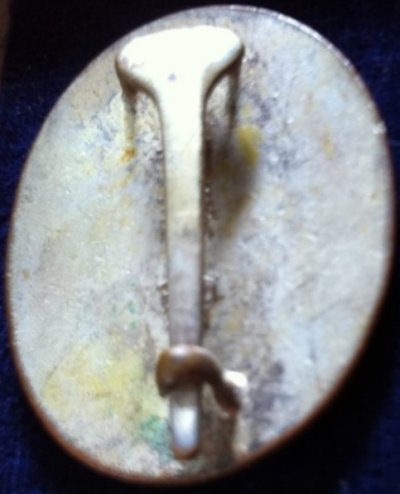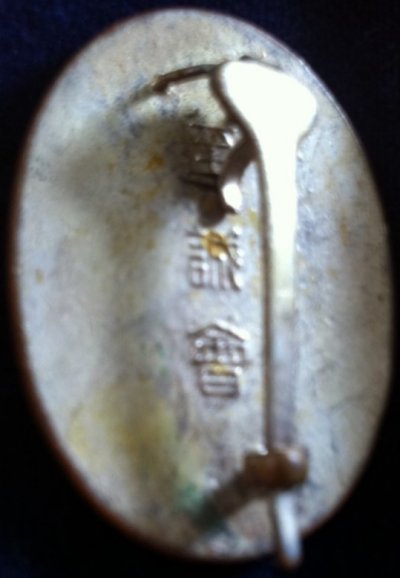Five Years Plan of Manchuria Industrial Development
Just before the foundation of Manchukuo, the Kwantung Army examined how to manage the occupied area of Manchuria, collaborating with the South Manchuria Railway Co. (SMR), which not only managed the railways in the south Manchuria, but also governed the areas attached to the railroads since 1906. After the foundation of Manchukuo in March 1932, the Kwantung Army transmitted the draft of the policy for economic construction to the Manchukuo government, to make it an official document of Manchukuo. In March 1933, the Manchukuo government announced “Manshukoku Keizai Kensetsu Koyo” (Outline of the Policy for Constructing Manchukuo Economy).
This document shows the basic idea of the Kwantung Army to manage the Manchukuo economy in the early stage. It stressed that fruits of the economic construction should not be seized by a certain class, and that important industries should be controlled by the government, which reflected the anti-capitalism ideology of the Army. Based on this idea, that document indicated the policy that important industries should be managed by public corporations or “special corporations.” A “special corporation” referred to a corporation that was founded according to a special law or a treaty between Manchukuo and Japan, and was regulated by the government. There was a similar category, “quasi-special corporation.” A quasi-special corporation referred to a company whose shares were owned by the government, that was established according to an ordinance by the government, and/or that was controlled by the government according to its statutes or the law. By the end of 1936, 26 special and quasi-special corporations were founded. They include Manshu Denshin Denwa (telephone and telecommunication), Manshu Dengyo (electlicity), Showa Seikojo (iron and steel), Manshu Keikinzoku (aluminum), Manshu Sekiyu (petroleum mining and refinery), Manshu Tanko (coal mining), Dowa Jidosha Kogyo (automobile), and Hoten Zoheisho (minitions). Major sources of the capital of those corporations were the Manchukuo government and SMR.
Concerning special and quasi-special corporations, it is remarkable that so called “one industry, one corporation policy” was adopted. That is, just one special corporation was founded in each industry and no outsider company was allowed. In other words, each special or quasi-special corporation was given the authority to monopolize a certain industry by the government. This “one industry one corporation policy” characterized the early stage of Manchurian development.
After revised by the Ministry of Army, the Manchurian part of the draft plan was examined and revised at an informal meeting of the three influential actors in Manchuria, namely, the Kwantung Army, the Manchukuo government and the South Manchuria Railways, held at Tang Gang Zi close to Shenyang in October 1936. The draft plan incorporating the opinions of these three actors was transmitted to the Japanese government again. Through these procedures, “Five Years Plan of Manchuria Industrial Development” was finally determined and launched in January 1937. The Five Years Plan was quite ambitious. It aimed at developing varieties of heavy and chemical industries rapidly in Manchuria. They include automobile and aircraft, which would directly contribute to munitions production, as well as materials such and iron, steel and coal. Also, it is notable that the speed of expansion was very high. That is, production of all the commodities in the plan were expected to be more than doubled in five years.
While many special and quasi-special corporations were founded and they were regulated by the Manchukuo government, there was no systematic and quantitative plan for developing the whole Manchurian economy in the early 1930s. It was in 1935 when the Army started to draw up the plan for long-term development of the Manchurian economy, as a part of a plan that included Japan and Manchuria. The motivation of the Army was to reduce the gap of munitions production capacity between Japan and the Soviet Union, a major potential enemy for the Army. Kanji Ihihara, the chief of the Strategy Section of the Army General Stuff Office, requested a stuff of the South Manchuria Railways, Masayoshi Miyazaki, to organize a research institute, Nichiman Zaisei Keizai Kenkyukai (Research Institute on Public Finance and Economy in Japan and Manchuria, RIPEJM) and to draw up long-term plans of industrial development in Japan and Manchuria. On the request, RIPEJM made a draft plan (Five Years Plan on Revenue and Expenditure from Showa 12 Fiscal Year, supplemented by Outline of Emergency National Policies), which was presented to the Ministry of Army and the Kwantung Army in August 1936.

See also
https://ja.wikipedia.org/wiki/満州産業開発五カ年計画








